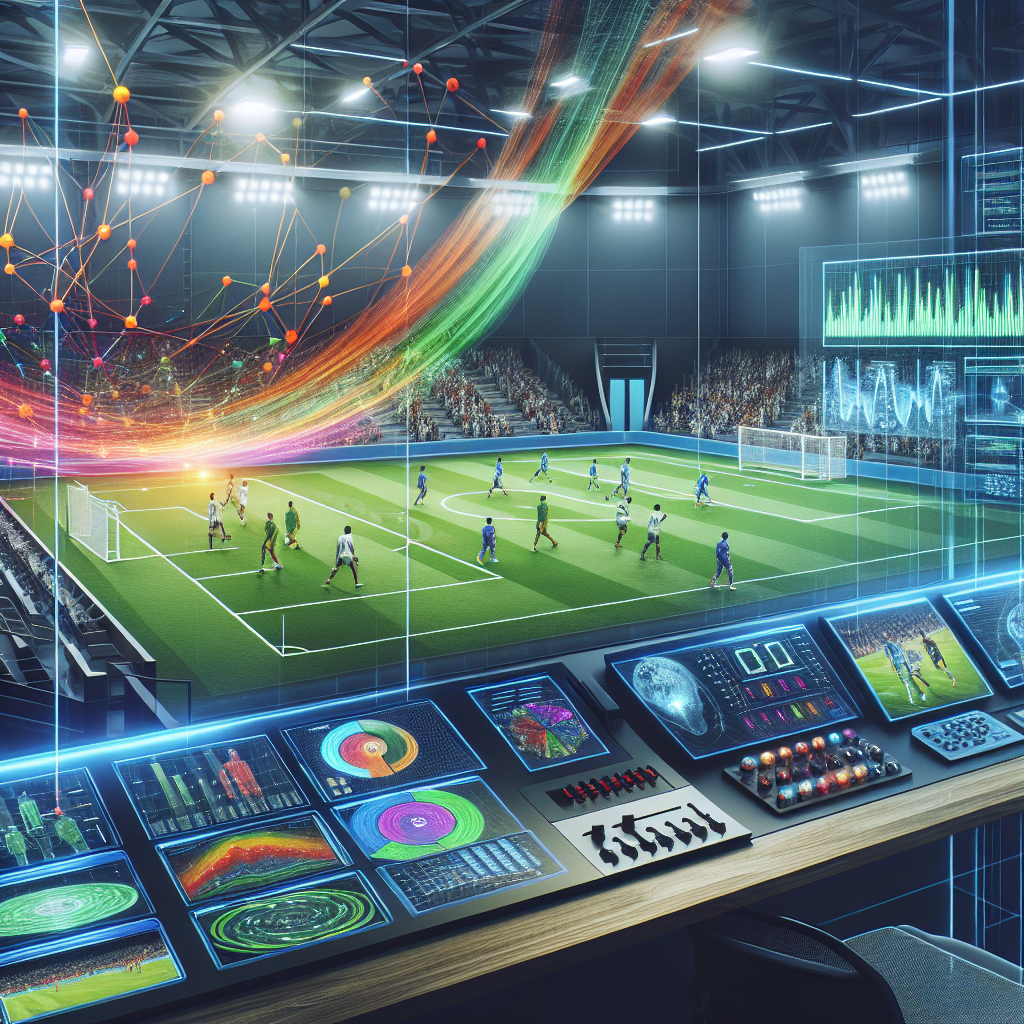Artificial Intelligence (AI) is revolutionizing the sports broadcasting industry, enhancing the viewer experience in ways that were previously unimaginable. From analyzing player performance to generating real-time statistics, AI is changing the way we watch sports. In this article, we will explore how AI is being used in sports broadcasting and the impact it is having on the viewer experience.
One of the key ways that AI is enhancing sports broadcasting is through its ability to analyze player performance. By using advanced algorithms and machine learning techniques, AI can track player movements, analyze their techniques, and provide insights into their performance. This allows broadcasters to provide viewers with in-depth analysis and statistics, giving them a better understanding of the game and the players involved.
AI is also being used to generate real-time statistics during live sports broadcasts. By using computer vision technology, AI can track the movement of players and the ball, providing viewers with up-to-the-minute statistics on things like player speed, distance covered, and ball possession. This real-time data adds a new level of excitement to sports broadcasts, allowing viewers to feel more connected to the game and the players.
Another way that AI is enhancing the viewer experience in sports broadcasting is through its ability to personalize content. By analyzing viewer preferences and behavior, AI can recommend specific games, highlights, and analysis that are tailored to each individual viewer. This personalization allows viewers to get the content they want, when they want it, making their viewing experience more enjoyable and engaging.
AI is also being used to improve the quality of sports broadcasts. By using algorithms to enhance video quality, reduce buffering, and improve streaming speeds, AI can provide viewers with a seamless viewing experience. This means fewer interruptions and delays, allowing viewers to stay engaged in the game and the broadcast.
Furthermore, AI is being used to automate the production of sports broadcasts. By using algorithms to edit and produce content, AI can reduce the time and resources needed to create a broadcast. This allows broadcasters to focus on providing high-quality analysis and commentary, rather than spending time on mundane production tasks.
Overall, AI is transforming the sports broadcasting industry, enhancing the viewer experience in ways that were previously unimaginable. From analyzing player performance to generating real-time statistics, AI is changing the way we watch sports, making broadcasts more engaging and interactive for viewers.
FAQs:
Q: How is AI being used to analyze player performance in sports broadcasting?
A: AI is being used to track player movements, analyze techniques, and provide insights into player performance. By using advanced algorithms and machine learning techniques, AI can provide viewers with in-depth analysis and statistics on player performance.
Q: How is AI generating real-time statistics during live sports broadcasts?
A: AI is using computer vision technology to track player and ball movements, providing viewers with up-to-the-minute statistics on things like player speed, distance covered, and ball possession. This real-time data adds a new level of excitement to sports broadcasts.
Q: How is AI being used to personalize content in sports broadcasting?
A: AI is analyzing viewer preferences and behavior to recommend specific games, highlights, and analysis that are tailored to each individual viewer. This personalization allows viewers to get the content they want, when they want it, making their viewing experience more enjoyable and engaging.
Q: How is AI improving the quality of sports broadcasts?
A: AI is using algorithms to enhance video quality, reduce buffering, and improve streaming speeds, providing viewers with a seamless viewing experience. This means fewer interruptions and delays, allowing viewers to stay engaged in the game and the broadcast.
Q: How is AI automating the production of sports broadcasts?
A: AI is using algorithms to edit and produce content, reducing the time and resources needed to create a broadcast. This allows broadcasters to focus on providing high-quality analysis and commentary, rather than spending time on mundane production tasks.

